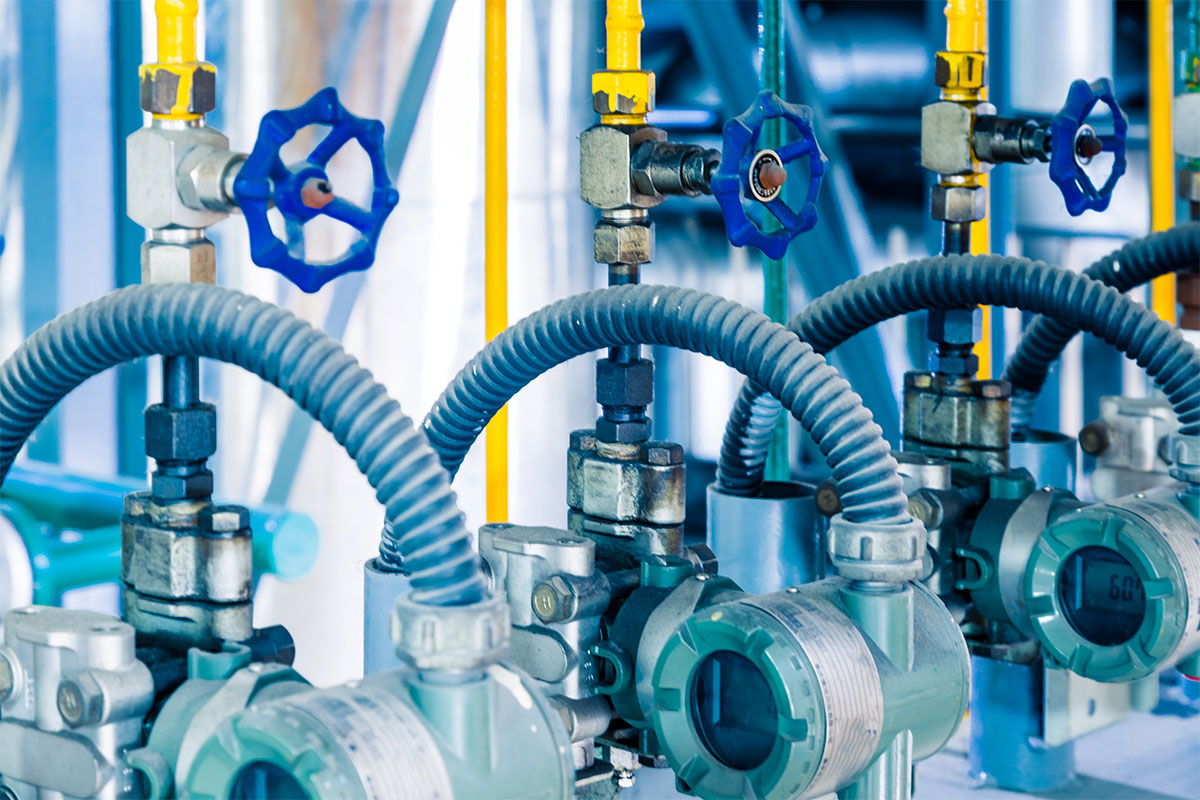
In the world of modern farming, efficiency is paramount. Maximizing productivity while minimizing waste is essential for the success and sustainability of agricultural operations. One critical component that plays a pivotal role in achieving this efficiency is the feed conveyor motor. These motors power the conveyor systems responsible for transporting feed to livestock and optimizing their performance can lead to substantial gains in efficiency and cost-effectiveness. In this comprehensive blog, we will explore the significance of feed conveyor motors in farm operations and discuss strategies to optimize their efficiency.
The Importance of Feed Conveyor Motors
Feed conveyor motors are the workhorses of livestock farming. They are responsible for transporting feed from storage facilities to feeding stations, ensuring that animals receive the nutrition they need for growth, health, and productivity. These motors are employed in a variety of agricultural settings, including poultry farms, dairy operations, swine facilities, and more. Their importance cannot be overstated for several reasons:
1. Precision Feeding
Feed conveyor systems, driven by motors, allow farmers to deliver precise amounts of feed to animals. This precision ensures that each animal receives the appropriate nutrition, promoting consistent growth and overall health.
2. Labor Efficiency
Automation through feed conveyor motors significantly reduces the labor required for feeding livestock. Instead of manually distributing feed, farmers can rely on conveyor systems to handle the task efficiently, freeing up labor for other essential farm activities.
3. Time Savings
Time is a precious resource in farming. Feed conveyor motors enable rapid and consistent feed distribution, reducing the time spent on feeding routines. This time-saving benefit allows farmers to allocate their efforts elsewhere, contributing to overall farm efficiency.
4. Reduced Waste
Precise feed delivery minimizes feed wastage. With conveyor systems powered by efficient motors, feed spillage and overfeeding can be minimized, leading to cost savings and improved resource utilization.
Strategies to Optimize Feed Conveyor Motors
To fully harness the benefits of feed conveyor motors, it’s crucial to optimize their performance. Here are several strategies to consider:
1. Motor Selection
Choosing the right motor for your feed conveyor system is paramount. Factors to consider include motor type (e.g., electric, hydraulic, or pneumatic), motor size, and efficiency. Electric motors are commonly used due to their reliability and controllability.
2. Variable Frequency Drives (VFDs)
Implementing Variable Frequency Drives (VFDs) can significantly enhance motor efficiency. VFDs allow for precise control of motor speed, enabling energy-efficient operation. They also reduce wear and tear on the motor by eliminating abrupt starts and stops.
3. Regular Maintenance
Scheduled maintenance is essential to ensure that feed conveyor motors operate at peak efficiency. Maintenance tasks may include cleaning, lubrication, belt tension checks, and inspections for wear and tear. Addressing issues promptly can prevent costly breakdowns.
4. Motor Alignment
Proper alignment of the motor and conveyor components is critical. Misalignment can lead to increased energy consumption and premature motor failure. Regularly check and adjust motor alignment to optimize performance.
5. Energy-Efficient Motors
Consider investing in energy-efficient motors. These motors are designed to minimize energy consumption while delivering the required performance. Energy savings can have a significant impact on operational costs over time.
6. Conveyor Design
The design of the conveyor system itself plays a role in motor efficiency. Ensure that conveyors are designed with appropriate specifications for the type and volume of feed being transported. Well-designed conveyors minimize energy losses and reduce the strain on motors.
7. Monitoring and Control
Implement monitoring and control systems that provide real-time data on motor performance. This allows farmers to identify irregularities, such as excessive energy consumption or motor overheating, and take corrective action promptly.
8. Training
Properly trained staff can contribute to motor optimization. Ensure that farm personnel are knowledgeable about the operation, maintenance, and safety considerations related to feed conveyor motors.
9. Safety Measures
Safety should always be a priority when working with conveyor systems and motors. Implement safety measures such as emergency stop buttons, safety guards, and proper training to protect farm personnel and prevent accidents.
Case Study: Poultry Farm Efficiency
Let’s examine a case study to illustrate the impact of optimizing feed conveyor motors in a poultry farm:
�Scenario:
A poultry farm relies on a feed conveyor system with motors to distribute feed to its broiler chickens. The farm initially uses standard motors without VFDs for feed conveyance.
�� Optimization Steps:
The farm invests in energy-efficient motors and installs VFDs to control motor speed. They also implement a regular maintenance schedule and provide staff with training on motor operation and safety.
Results:
- Energy Savings: The VFDs reduce energy consumption during feed distribution, resulting in a 20% reduction in electricity costs.
- Feed Efficiency: Precise control of motor speed leads to less feed wastage, saving the farm 15% on feed costs.
- Labor Efficiency: The time spent on feeding routines is reduced by 30%, allowing farm personnel to focus on other tasks.
- Motor Lifespan: Regular maintenance and proper motor alignment extend the lifespan of the feed conveyor motors, reducing replacement and repair costs.
- Overall Efficiency: The combined benefits of energy savings, feed efficiency, and labor optimization lead to a 25% improvement in overall farm efficiency.
Conclusion
Optimizing feed conveyor motors is a strategic move that can significantly enhance farm operations. These motors are essential for precision feeding, labor efficiency, time savings, and waste reduction. By carefully selecting motors, implementing Variable Frequency Drives, conducting regular maintenance, and embracing energy-efficient practices, farmers can achieve substantial gains in efficiency and cost-effectiveness.
In an industry where every resource counts, the optimization of feed conveyor motors is not merely a choice; it’s a necessity for modern and sustainable farm operations. As agriculture continues to evolve, harnessing technology and best practices is key to meeting the ever-growing demands of food production while minimizing environmental impact.

